
Want to innovate? Start with a business case
- Posted by Dan Toma
- On 22/02/2023
Asking intrapreneurs for a business case or a financial forecast early on is useless. Or at least this is what the innovation community has been trying to convince corporate leaders for the past years. Countless articles were written on the topic and an endless flow of social media posts went out to convince leaders that asking innovation teams for a business case upfront was the worst thing they could possibly do.

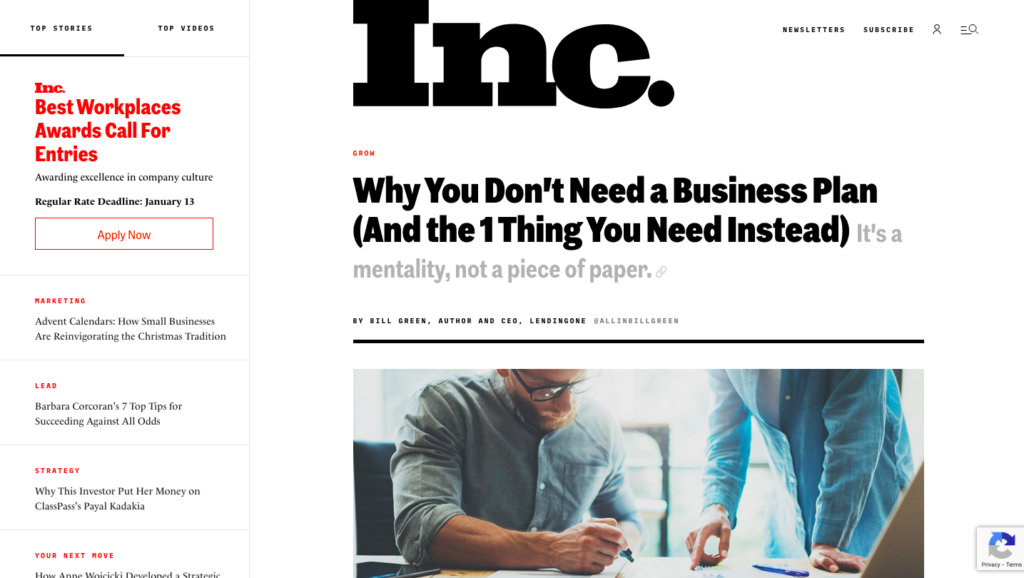

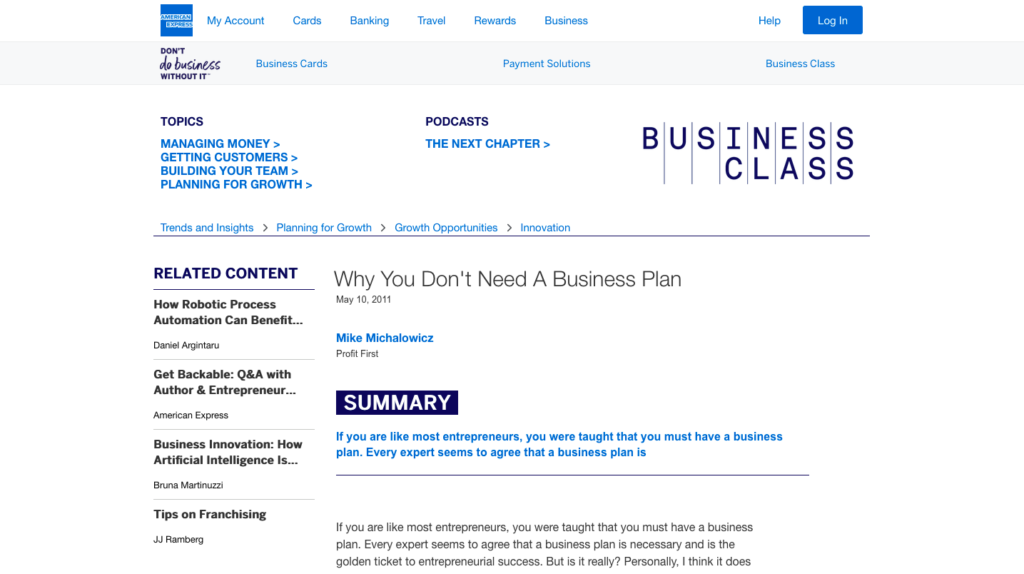
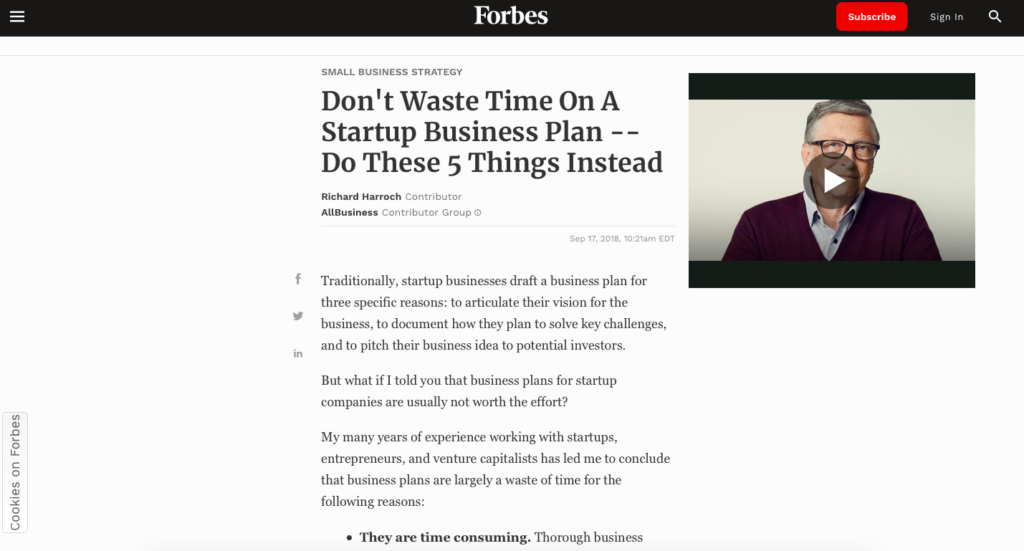
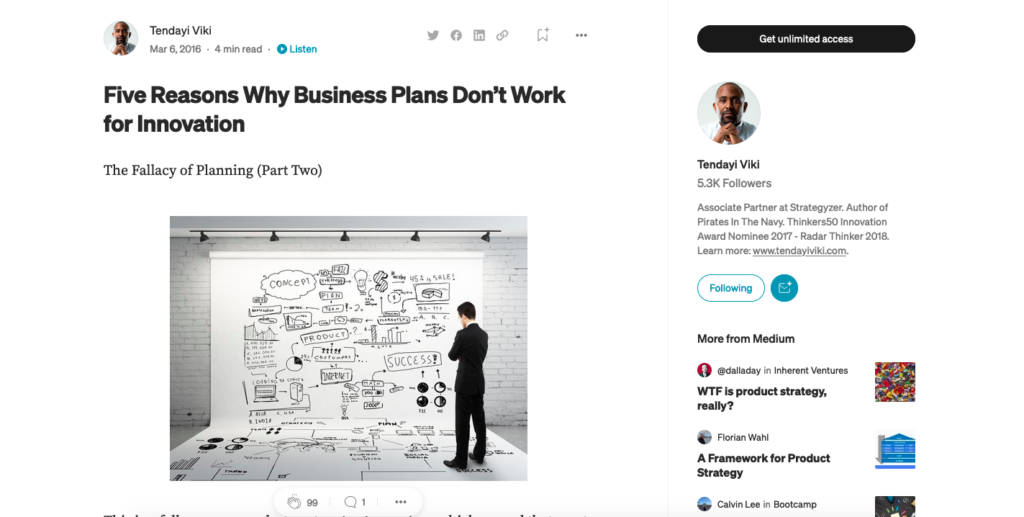
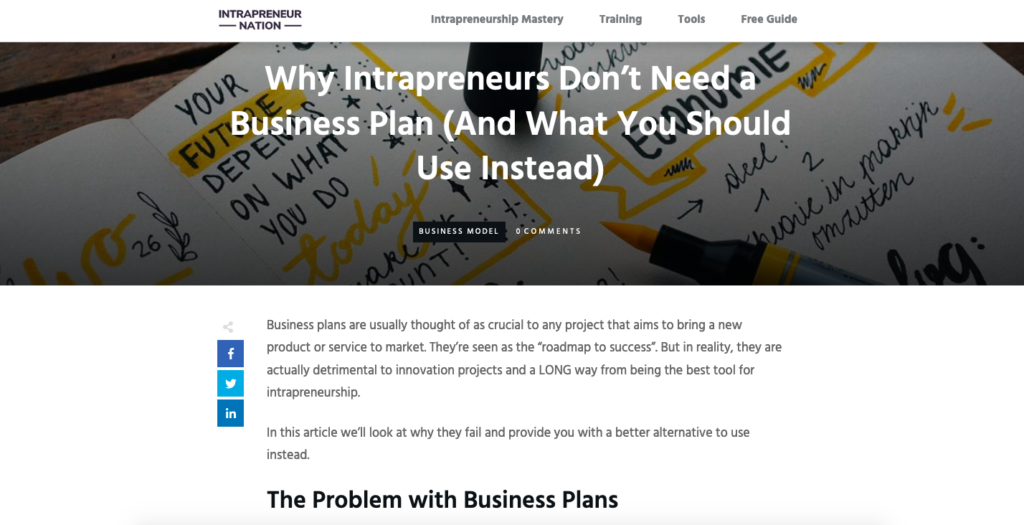
Perhaps it’s time to revisit the concepts, and instead of discarding them, try to improve them. Instead of convincing others they are wrong, try to find common ground.
The resentment towards business cases is justly rooted in the fact that point estimations are usually misleading. And rarely the result of a point estimation ends up becoming reality. For this reason, the innovation community proposed focusing on prioritizing the assumptions from the Business Model Canvas, as the first step innovation teams should take.
But there is a way in which both the executives and the innovation teams get what they want. There is a way for leaders to get an early estimation of the impact an idea will have. And for the innovation teams to get a clear picture of what they need to experiment on.
Enter Monte Carlo estimations.
Recently we had the pleasure of working with a company in the logistics industry. The scope of our engagement was to help a number of innovation teams take their ideas from the proverbial 0 to 1. In other words, coach them on how to validate their ideas and bring them to life.
This was not the first engagement of this type. We’ve done similar engagements before for other clients in a number of industries. But this time we wanted to do things differently. Instead of starting with assumption prioritization, we started by creating a Monte Carlo based financial estimation for each idea. We did this primarily because we wanted to give the executives an early idea of what success might look like for each selected team.
So instead of taking the beaten path of coaching the teams, using the old way we used hundreds of times before (coaching the teams on what is an assumption, what roles assumptions play in an idea’s business model and, lastly, having them prioritize those assumptions). We had the teams kick off with a Monte Carlo simulation of the impact that their respective ideas would have.
Fearing that I might make this article too technical, I’m not going to go over the details of how a Monte Carlo simulation works but I would encourage you to check out the appendix box on the right-hand side. What I am going to say though are the benefits of our new approach over the old one:
From the get-go, the teams and the executive were able to get a snapshot of what success might look like for each idea. This helped tremendously with expectations management – and even filtering out some ideas.
Secondly, the teams were able to see at a glance where they had the least amount of knowledge. And where they needed to invest the most exploration/experimentation effort from a knowledge perspective. The variables where the difference between the upper bound (best case scenario) and lower bound (worst case scenario) was the highest, were the ones where they had the least amount of data/knowledge. These variables became prime targets for experimentation. Furthermore, the teams were able to make multiple simulations for their ideas. These simulations helped them understand which variable had the highest impact on their ideas’ success. Basically bringing clarity on what to focus on from an impact perspective.
CREATING A MONTE CARLO SIMULATION FOR A BUSINESS IDEA
STEP 1: Create the success formula of your idea.
To create a business case using Monte Carlo you first need to create the success formula of your idea. The success formula is a mathematical representation of what success means for your idea.
For example, this can be: profit or revenue or KG of CO2 saved or time saved, cost saved or anything else in between.
The success formula of any business idea is made up of variables (eg.: time, price, market size, conversion rate etc.) and operators (eg.: multiplication, addition, subtraction etc.).
STEP 2: Input the bounds for the variables
In Monte Carlo, for every variable, you need to input an upper bound (best-case scenario for that variable) and a lower bound (worst-case scenario for that variable).
STEP 3: Compute scenarios and read the histogram
The Monte Carlo algorithms will compute tens of thousandths of cases using the variable you imputed in order to present a histogram of what success can potentially look like for your idea.
Lastly, the Monte Carlo financial simulation allowed teams to play around with various business model options. The teams were now able to see which option was the most promising from an outcomes perspective. In essence A/B testing business models early on and seeing which one is worth pursuing. Was it better to go for a ‘one time purchase’ or ‘subscription’ model? Or was it better to outsource operations instead of keeping them in-house? Or did it choose a direct-to-consumer channel over a network of distributors?
Our biggest takeaway from this engagement was that kicking off an innovation project with a financial estimation is not damaging to the innovation process at all. On the contrary, this approach adds pragmatism to the innovation process. And bridges the gap between the innovation-minded folks and the finance-minded folks in the company.
I think that for the past years, the innovation community spent too much time criticizing the WHAT instead of focusing on improving the HOW.
For Monte Carlo estimations, we are using Estimatic, a tool Dan developed with Peter LePiane.


